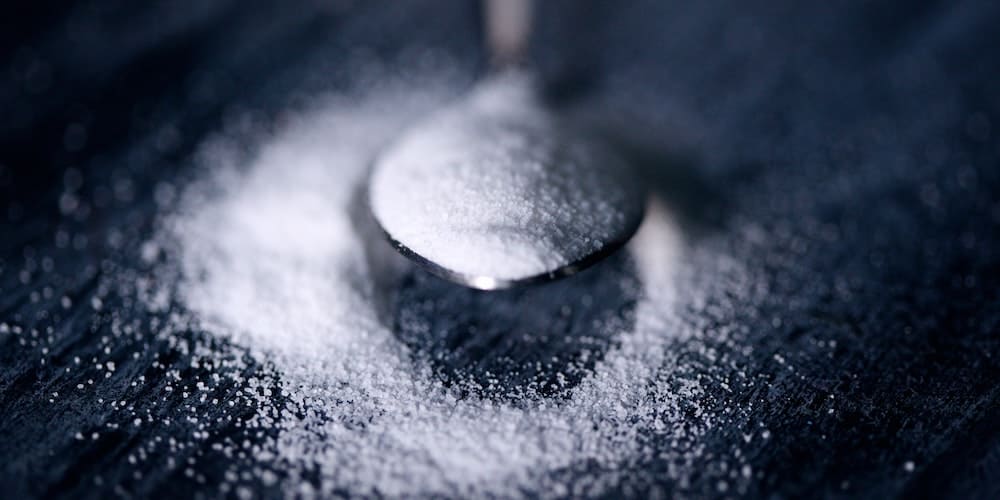White sugar is a carbohydrate composed mainly of sucrose. Alternatives to white sugar have varying levels of sweetness and glycemic index. Their variety of flavors allows you to give a different taste to your recipes.
However, it is important not to overuse these substitutes and consume them reasonably since they are still mostly composed of sugars. Here are 5 alternatives to replace white sugar and customize your recipes. Continue after the list to learn all about sugar, the glycemic index, and the risks associated with its excessive consumption.
1. Stevia
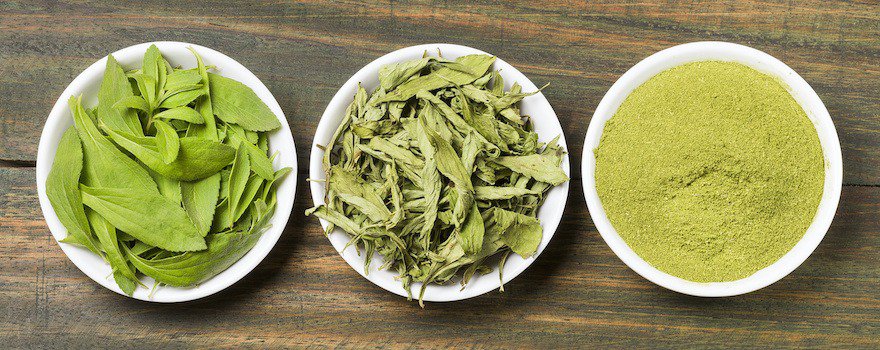
Stevia is a plant related to chicory that comes from South America. Its leaves contain natural sweeteners. Its glycemic index is zero. It does not cause post-meal glycemic spikes. Furthermore, its sweetness can be up to 300 times greater than sucrose. Therefore, it is recommended to replace sugar.
How to consume it: stevia is generally found in powder form. It can be used in many preparations: muffins, pastries, desserts, puddings, etc. Its flavor is slightly aniseed. Stevia is also available in leaf form. Their infusion can be used to sweeten a fruit salad, for example.
2. Maple Syrup
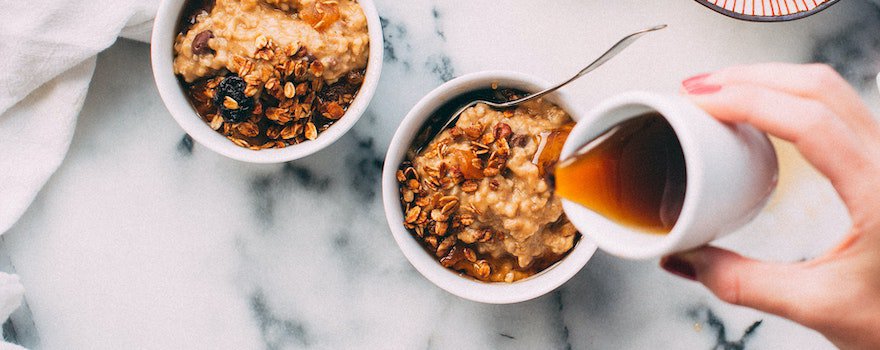
Maple syrup is typical of Canadian cuisine. It is often associated with pancakes! It is made from heated maple sap. It contains minerals such as zinc and manganese. Its glycemic index is lower than that of table sugar. However, it contains a lot of sucrose.
How to consume it: its flavor can have vanilla or herbal notes depending on its quality. In addition to drizzling over pancakes and crepes, this syrup can be used to make pies, upside-down cakes, cereal bars. In savory dishes like a vegetable stir-fry or to deglaze meat cooking juices.
3. Birch Sugar
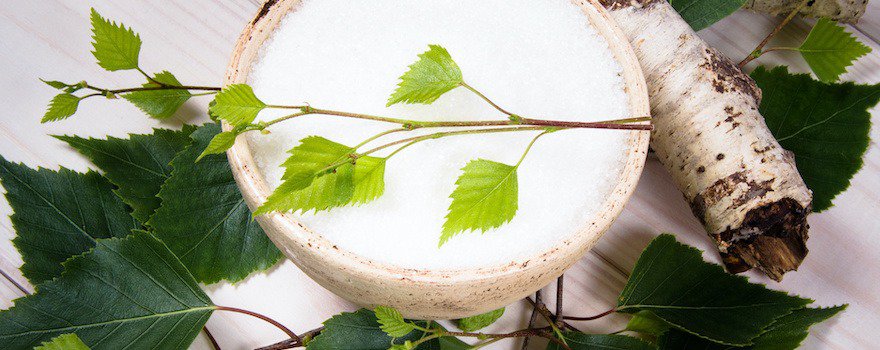
Ideal for replacing white sugar, birch sugar, also known as xylitol, is a compound obtained from birch bark, very popular in Nordic countries. Its sweetening power and flavor are comparable to table sugar. Its consumption is accompanied by a sensation of freshness. It does not contain fructose and is 2 times less caloric than sucrose.
How to consume it: xylitol extracted from birch is found in most organic stores. It can be used to sweeten drinks, teas, infusions, chai lattes or in recipes for jams, pancakes and other desserts.
4. Agave Syrup
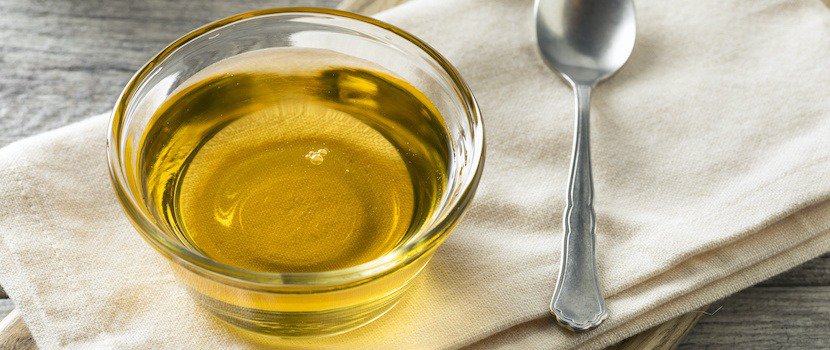
The agave is a plant mainly growing in Central and South America. Agave syrup is derived from the juice extracted from the heart of the plant. It has a low glycemic index (15). It can be interesting under medical advice for people with diabetes. The fructose it contains gives it a good sweetening power.
How to consume it: favor 100% agave, organic, and unrefined syrups. Agave syrup has a neutral flavor. It can be used to sweeten dairy products, yogurts, milk kefirs. Also in pastry, pudding recipes.
5. Honey

Humanity has consumed honey for millennia for its many virtues. It is made from the nectar of flowers collected by bees. The highest-quality honeys have antioxidant effects. Its sugar content is slightly lower than white sugar. It has a higher sweetening power and a lower glycemic index. A very healthy alternative to replace sugar!
How to consume it: choose 100% pure honey with no added syrup. There are honeys with mild or strong flavors and liquid or crystallized textures. There are many varieties of honey, fir honey, acacia honey. It can be used in gingerbread, madeleines, on cottage cheese or panna cotta.
What is sugar?
Sugar is part of carbohydrates. These are macronutrients like lipids and proteins. They perform several important functions. For instance, they provide energy supply to the muscles as well as the brain. They allow forming glycogen reserves stored in the liver and muscles which will be converted into glucose when needed.
White sugar or granulated sugar is mainly composed of sucrose. It is a type of sugar made up of two simple carbohydrates, fructose and glucose. Fructose can be found in fruits, for instance, but also in honey or agave syrup. It has a higher sweetening power than glucose.
The most consumed type of white sugar in France comes from sugar beet. It is not purple like the one eaten in salads, but white! The beet roots are cut into pieces before being mixed with water. The mixture is then heated to evaporate the water and allow crystallization.
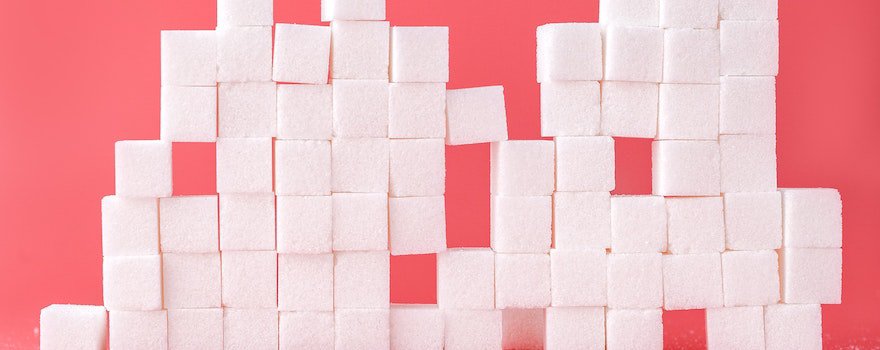
White sugar can also be produced from refined cane sugar. After crushing the sugar canes, the obtained juice is boiled to eliminate the water and obtain a concentrated syrup. When cane sugar is refined, meaning some of its components like color pigments are removed, its brown color lightens.
Quick reminder about the glycemic index
Nutritionists used to classify sugars into two categories: slow sugars and fast sugars. Simple sugars like sucrose or fructose found in fruits were categorized as fast sugars. Complex sugars such as starch from potatoes belonged to the category of slow sugars.
This theory is now considered outdated. Since the type of carbohydrate does not influence its absorption speed or the glycemic spike. Milk, for example, is a source of simple carbohydrates (lactose) but has a low GI. Meanwhile, potatoes containing starch (a complex carbohydrate) have a high GI.
Nowadays, the glycemic index is used as a criterion for classifying carbohydrates. GI is the ability of a food to raise blood sugar levels. It is compared to the power of glucose, which is 100. When it is high, it causes an increase in blood sugar levels. White bread and rice have a high glycemic index.
Overconsumption of sugar, what are the risks?
The ANSES recommends limiting sugar intake (sucrose, fructose, etc.) to 100 g per day, excluding lactose and galactose, the sugars present in dairy products. It also advises a maximum of one sugary drink per day (preferably a fruit juice). Almost ⅓ of the French population exceeds this recommended threshold.
Sugar constitutes an empty calorie as it contains only carbohydrates and no nutrients or minerals.
It is found unsuspectingly in many foods. Learning to read labels is crucial to monitor consumption, especially when affected by pathologies like diabetes. Added sugars can be found in industrially prepared dishes, for example, deli meats, and sandwich bread.
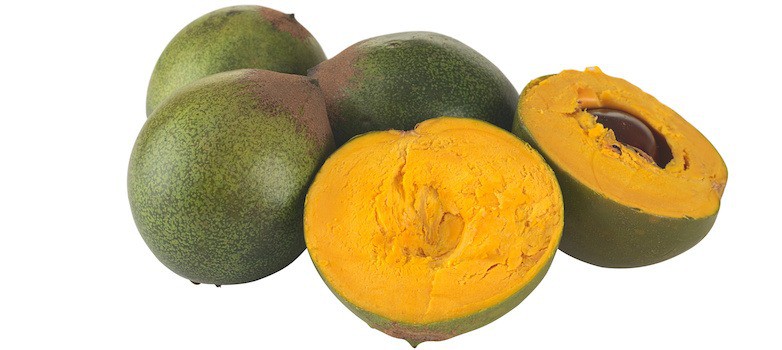
The WHO has defined the concept of free sugars. These are glucose, maltose, or fructose ‘added to foods and drinks by the manufacturer, cook, or consumer, as well as sugars naturally present in honey, syrups, fruit juices, and fruit juice concentrates.’
It considers that increased consumption of this type of sugar endangers nutritional balance. The risk of obesity increases, as does the risk of developing a NCD, ‘non-communicable disease.’ NCDs include heart diseases, strokes, diabetes, and cancer. Excess sugar is also one of the causes of dental cavities. That is why it is advised to replace sugar.


